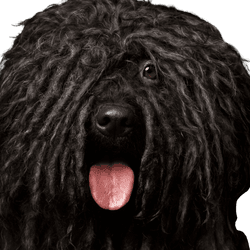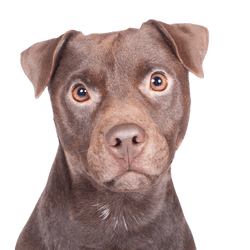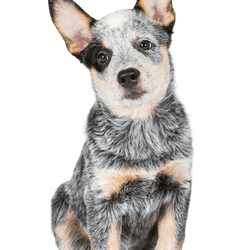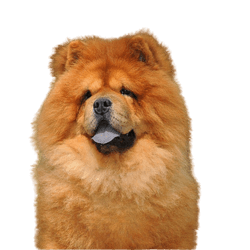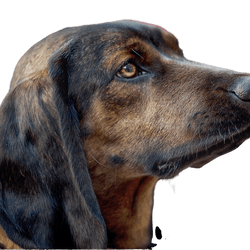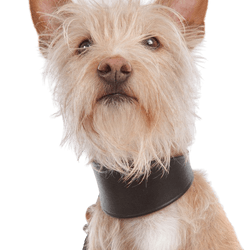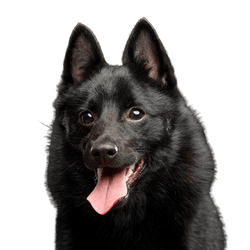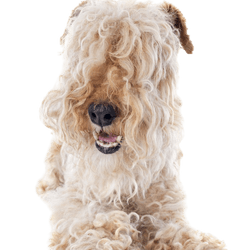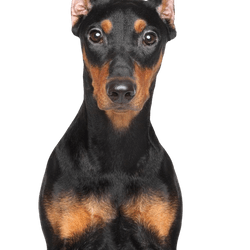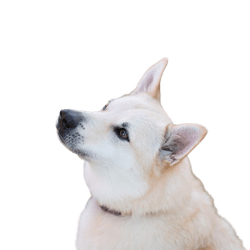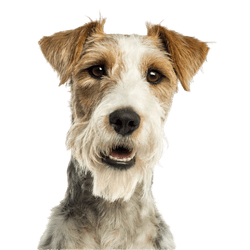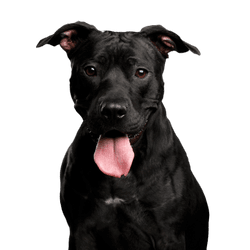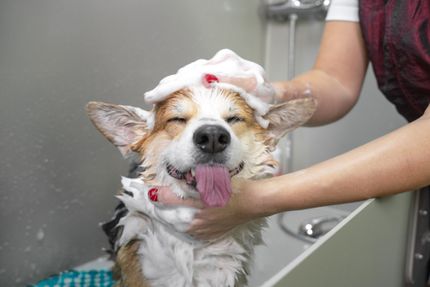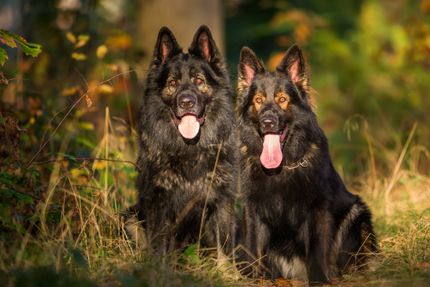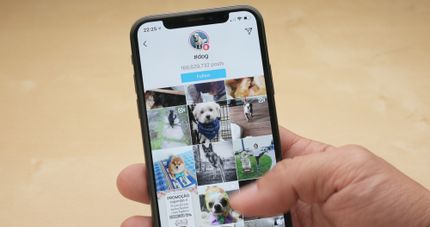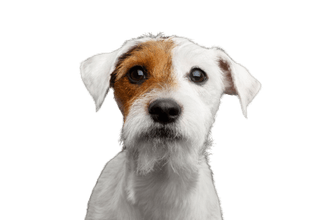
Parson Russell Terrier Breed description: Character & Co
Parson Russell Terrier
Facts & Origin
What is the origin of Parson Russell Terrier?
The name of the breed is derived from the Latin word "Terra". The name is given to them due to the fact that these dogs were formerly used for earthwork. Bravely and nimbly they chased foxes and badgers into their burrows and pushed them out until the hunter could kill them. In the course of history, 34 Terrier species were created in Great Britain, one of which is the Parson Russell Terrier. The breed can be traced back to the English Reverend John Russel, who lived from 1795 to 1883. The passionate hunter started to breed hunting dogs during his studies in Oxford. His aim was to create dogs from Fox Terriers that were persistent enough to run with his Fox Hounds. As they were too big to blow foxes out of their burrow with a shoulder height of 60 centimetres, he needed smaller, brave and eager to work animals. In the 1850s, Australia specifically imported Jack Russell Terriers, which successfully contained a fox plague. The Parson Russell Terriers were to go back to the "Carlise Tack", born in 1884. The breed was provisionally recognised by the international dog association FCI in 1990, but officially only since 2001.
What are the breed characteristics of Parson Russell Terriers?
If you don't look closely, you could confuse a Parson Russell Terrier with a Jack Russell Terrier. The Pardon Russell Terrier is an animal with longer legs and an almost square build. Regarding the rib cage, the breed standard stipulates very precisely that "one can grasp it with two averagely large hands directly behind the shoulder". This measure is similar to that of a fox, which the Parson Russell Terrier used to follow all the way into the den. The animal usually carries its short tail directed upwards.

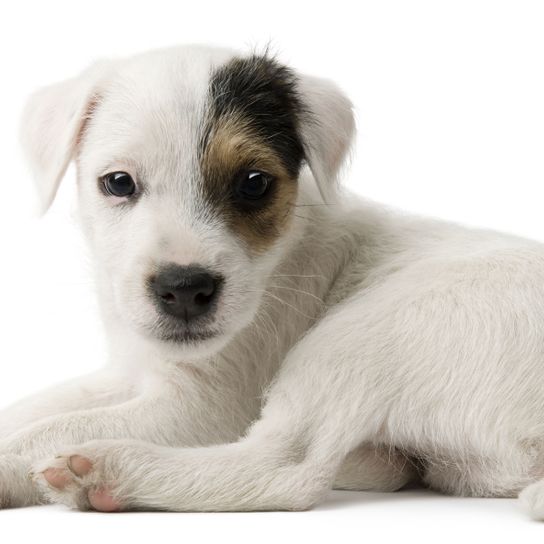

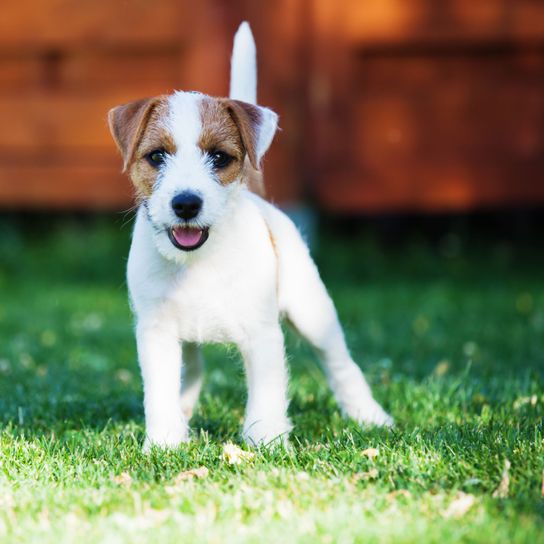
| Alternate Name | - |
| Origin | UK |
| Life expectancy | 12 - 14 years |
| Care requirements | low-maintenance |
| Activity level | average |
| FCI group | Large and medium sized Terriers |
| AKC group | not recognised |
| KC group | not recognised |
Parson Russell Terrier mixes
Attitude, character and temperament of the breed
What are typical character traits of Parson Russell Terriers?
The Parson Russell Terrier is a very alert breed that needs appropriate activity. As they tend to be dominating, consistent training will help to create clear conditions. Otherwise they constantly question the rules and enforce their own head. It is also important to bring the animal into contact with other dogs at a young age in a puppy school. They tend to overestimate their own abilities and sometimes even start arguments with big dogs.
Attitude
The Parson Russell Terrier doesn't demand much from the size of your home, but it does demand a lot from the leisure program. The animal needs a lot of variety and the opportunity to live out its temperament. This can be achieved by doing bike tours, hikes or going running with them. You can also challenge your four-legged friend by doing dog sports. However, you should consider their passion for hunting. In areas rich in wild animals, it is better not to let your pet off the leash. A well-behaved dog is a patient and persevering playmate for children.
Character
Usage

Health and breeding information
What are typical diseases of Parson Russell Terriers?
Some diseases occur in improper breeding:
- Cataract: A hereditary lens clouding
- Lens luxation: The lens of the eye shifts
- Progressive retina atrophy: retinal detachment
- Rarely: Patella luxation
- Ataxia: the white matter in the spinal cord is broken down, leading to paralysis
What should be considered regarding Parson Russell Terrier breeding?
Puppies from a serious Parson Russell Terrier breeding are socialised early on. Since the breed is dominant towards other dogs, a good upbringing is required from the beginning. At the breeder the little dog ideally gets to know other dogs already. Since there is a certain risk of eye diseases in this breed, pay close attention to the visual organs of the parent animals. Also a look into the pedigree pays off to check if inbreeding is an issue.


Appearance and coat of the Parson Russell Terrier?
The Parson Russell Terrier is an extremely fit breed with a muscular body. If you want to buy a Parson Russell Terrier, you have the choice between smooth and rough haired animals. The smooth-haired variety has short fur, which is very easy to groom. Regular brushing is sufficient to remove dead hairs. The wire-haired variety has the advantage that it hardly sheds hair at all. However, the coat needs to be trimmed regularly. An indication that the next appointment with the groomer is coming up is that the coat feels softer than usual. Although trimming is a time-consuming procedure, it is necessary to pluck out old hair and to maintain their typical shape. It is best to get the Parson Russell Terrier puppy used to grooming early on. No matter if straight or rough haired, both breeds are dominated by the colour white. Yellow, tan or black markings are desired.
What size does a Parson Russell Terrier grow to be?
- Males: up to 36 centimetres
- Bitches: up to 33 centimetres
How much does a Parson Russell Terrier weigh?
A Parson Russell Terrier reaches a weight between 8 and 10 kilograms.
What is the life expectancy of a Parson Russell Terrier?
This breed can live 12 year or more.
| Fur length | short |
| Fur | rough-haired |
| Ear shape | Triangle |
| Tail | short |
| Anatomy | strong |
| Size ♀ | 31 - 35 cm |
| Weight ♀ | 8 - 8 kg |
| Size ♂ | 34 - 38 cm |
| Weight ♂ | 3 - 8 kg |
| Suitable For | Beginner, Children, Seniors |
Colors
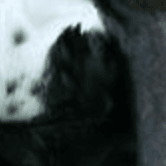

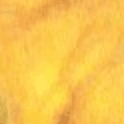
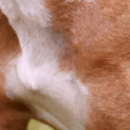
Known Diseases
Ataxia
Ataxia (from Greek ἀταξία ataxia 'disorder' 'irregularity') is a generic term in medicine for various disorders of movement coordination. Ataxia can occur even when there is no paralysis (paresis), that is, when there is normal muscle strength.
Cataract
Cataracts are still one of the most common causes of blindness, even in dogs.
Dislocations
Lenticular and patella luxation occur in some breeds and affect the eye.
Patellar luxation
Patellar luxation is the term used to describe a displacement of the kneecap, which is one of the most common causes of lameness in dogs.
Progressive Retinal Atrophy (PRA)
Progressive retinal atrophy (PRA) is a slowly progressive death of the retina in dogs.
Other medium dogs
Useful Articles
You can find articles that might interest you in the dogbible blog to match your favorite breed.
Visit our magazineto stay up to date on dog trends.
To find out more, view our Privacy Policy
Find here the breed that suits you and find out what character traits it has. Here you can also learn more about the origin, size and weight of your favorite breeds.
Matching your favorite breed, you'll find articles that might interest you on the dogbible dog blog.
5 tips for hiking with your dog in Tyrol
3 Tips: Dog Pregnancy - cause and signs
How your dog learns to go on its place



